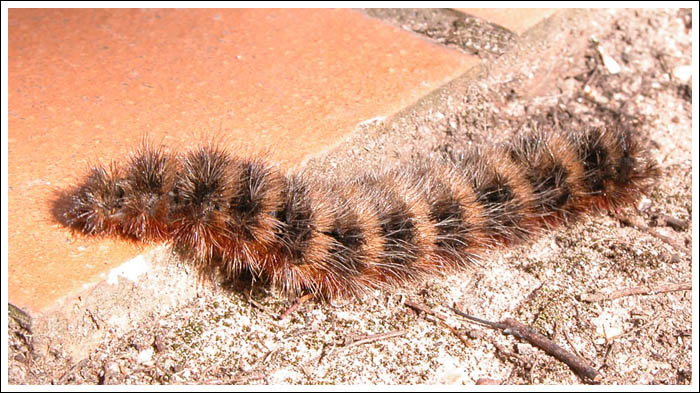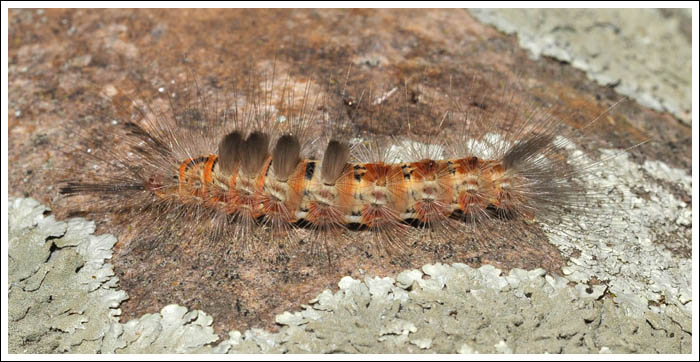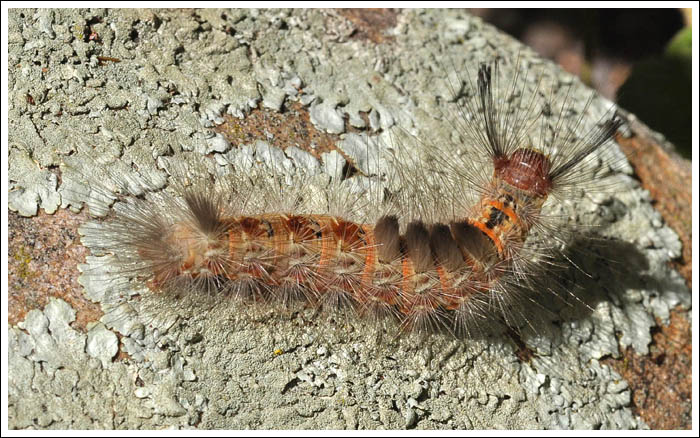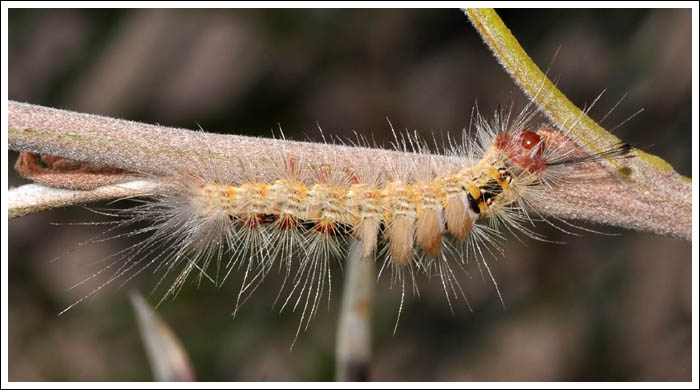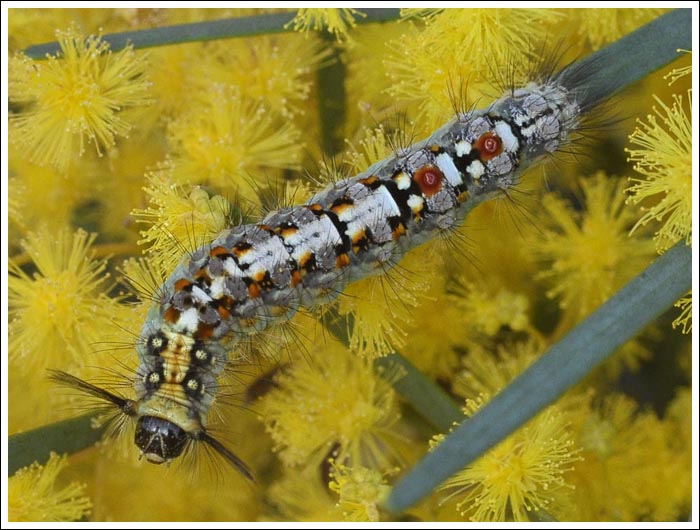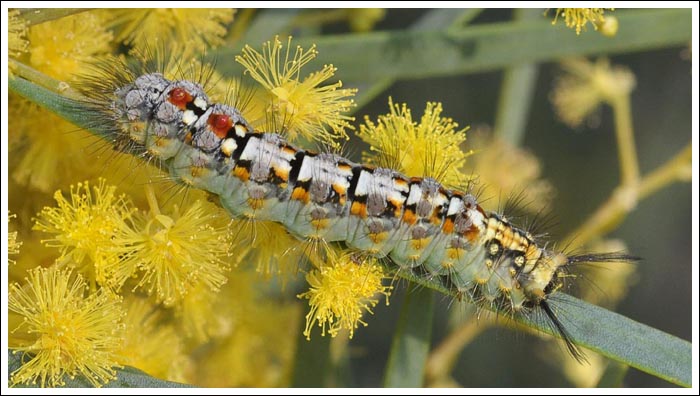After the spectacular larvae in the previous post these are plain but no less interesting. They are case moth larvae with their homes, the first being Saunder’s Case Moth, Metura elongata seen here in Grevillea Moonlight. This species doesn’t seem to be as numerous as in times gone by when it was often seen.

At the other end of the size scale what is probably Cebysa leucotelus, seen here on a brick wall. They feed on lichen which they can often find on brick mortar joints on the damp and shaded south side of walls.

The home of the Ribbed Case Moth, Hyalarcta nigrescens is made of silk without any decorative material attached.


The cases of Cone Case Moths, Lepidoscia species are decorated with small scraps of material that can vary in colour as they move from plant to plant.


To be continued.

